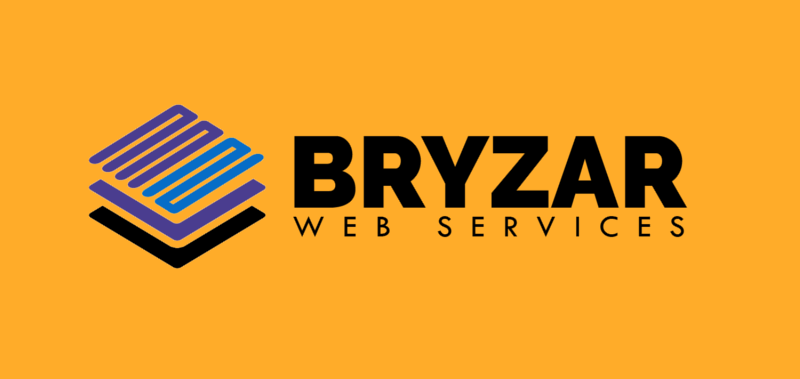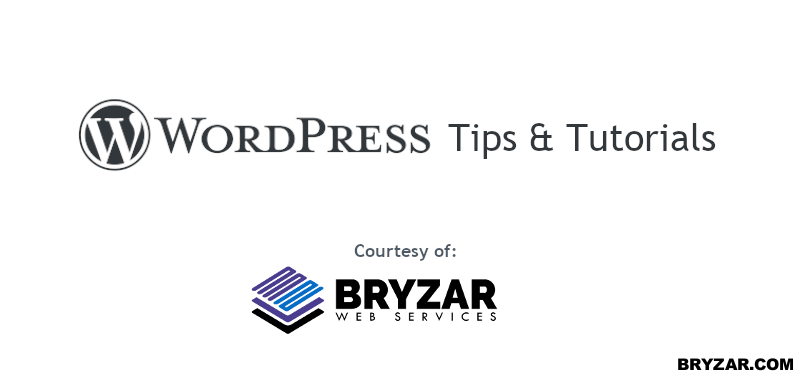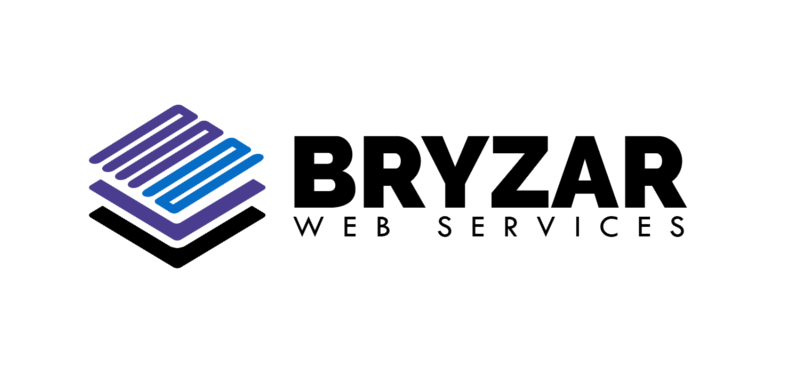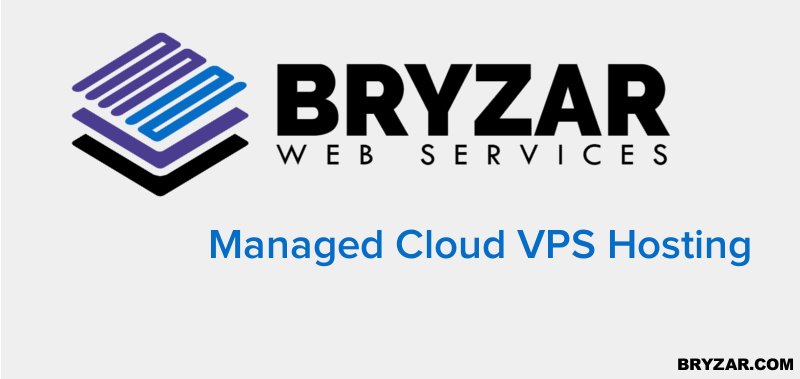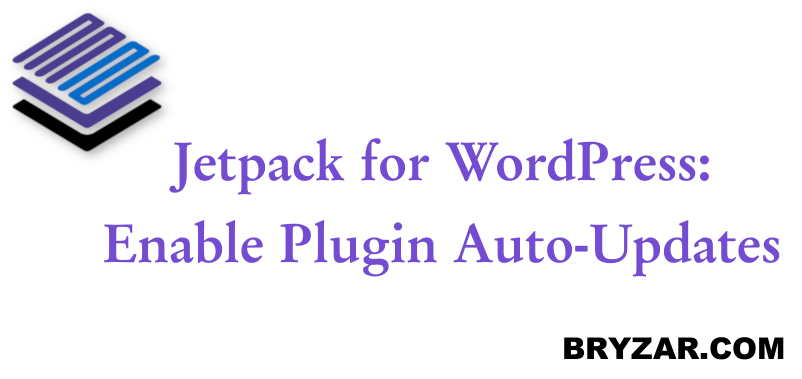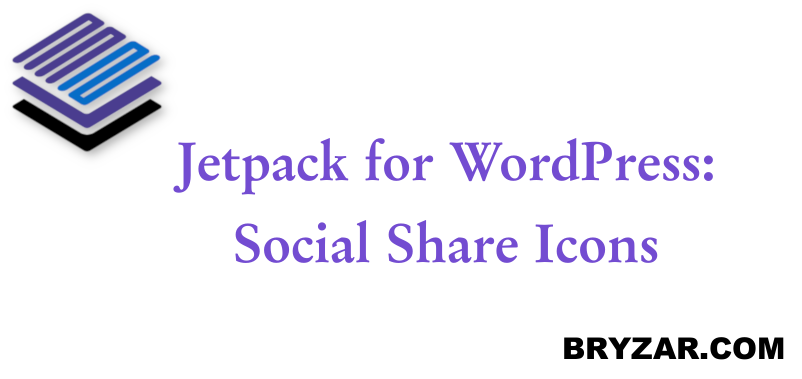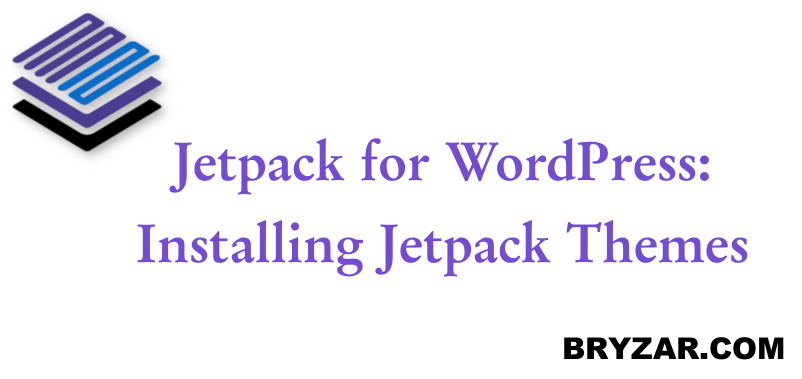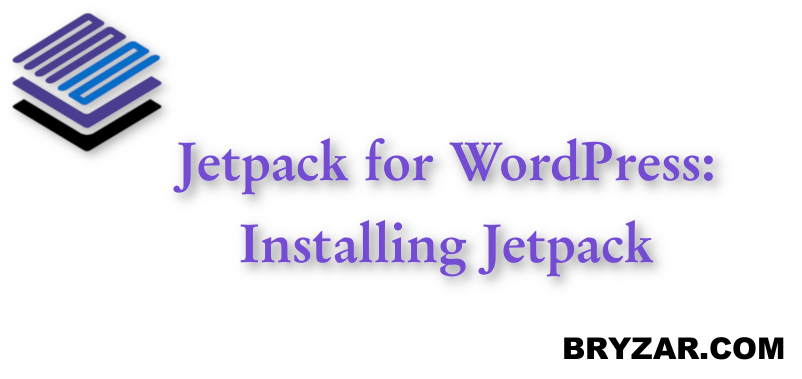Assuming you’ve been using WordPress for more than just a few days, you’ve surely realized that they do a lot to give you options. It’s not just that, though, they also try to make sure those options are visible and easy to understand. Using the document tab can be easy for some or completely unknown to others. Luckily, this tutorial is here to help!
Continue reading “WordPress Article Tutorial: Document — Status and Visibility”Author: BryZar Support
Adding SSL to WordPress
The best way to have your site HTTPS secure is do to it during install. However, if you hadn’t done that, follow this guide to set your WordPress site to HTTPS. If using ISPmanager, you’ll be able to set the automatic redirect which makes this process very easy.
Continue reading “Adding SSL to WordPress”Installing SocialEngine PHP via VestaCP and FTP
Learning how to install a script is empowering. Back in 2009, I didn’t know what FTP was, let alone how to install a website script. I felt quite intimidated by the process. I did learn it, and so can you. Don’t be afraid to try as it’ll help you learn how to manage your site as well. The good news is, the SocialEngine PHP social networking script has an automated installer. All you really need to do is get it on the server, make a database and then go to your domain. We’ll show you how to do all of that below!
Continue reading “Installing SocialEngine PHP via VestaCP and FTP”Want some FREE hosting?
Bet that got your attention! In conjunction with the big announcement at SocialEngine for the SEPHP platform, BryZar is offering FREE VPS hosting for 10 clients who purchase an advanced SEPHP license during the offer time frame.
Continue reading “Want some FREE hosting?”WordPress: Enabling Jetpack Plugin Auto-Updates
Unless you’ve got the most basic of basic WordPress websites, you’ve likely got a few plugins. They’re nifty little things that’ll help a website run smoother or look better or work in the way you need it to work. Plugins are an absolutely fabulous tool to help make a site go from good to great, but the fact remains that they need upkeep.
Continue reading “WordPress: Enabling Jetpack Plugin Auto-Updates”WordPress: Jetpack Social Share Icons
Social share icons are simply exactly what they sound like — little buttons on a page that allow users to share content to other platforms. It’s a great little gadget that Jetpack helps you use and it’s easy enough to enable, too.
First, go to your Jetpack Dashboard. Next, in the top right of the screen you should see a “Settings” button. Click that and you’ll be taken to see all of Jetpack’s many features and settings you can change.
Near the top of the page once more you’ll find a long list of categories starting with “Performance” and ending with “Security”. Click the one labelled “Sharing”. Lastly, under the “sharing buttons” heading, enable “Add sharing buttons to your posts”.
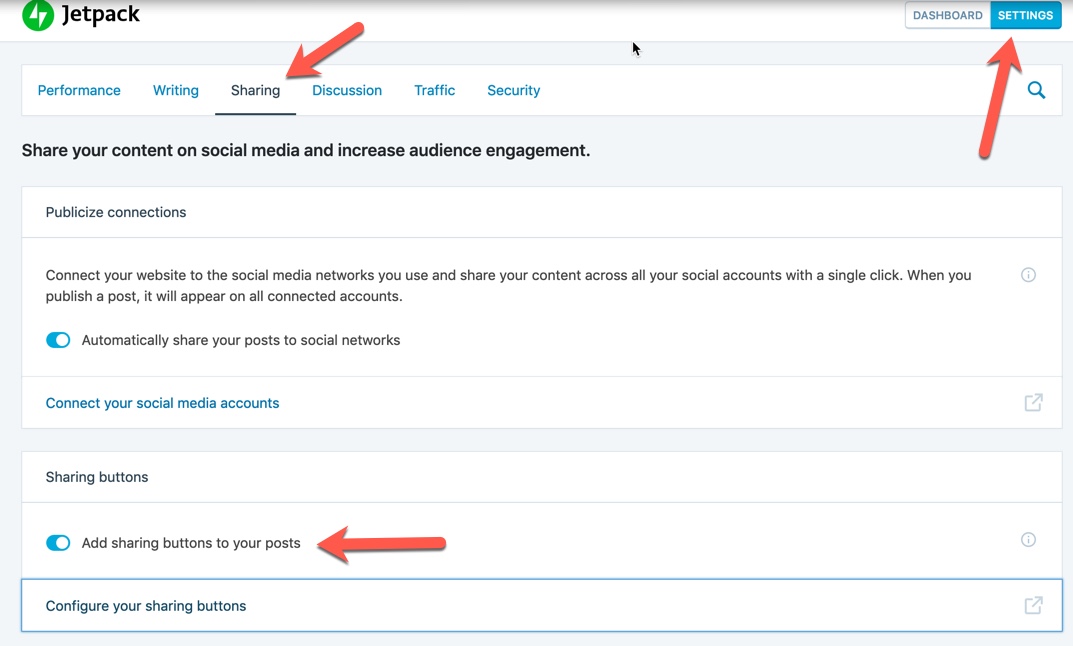
Bingo-Bango, you’ve got buttons. Well, you’ve got them enabled, anyway. There’s actually a few more steps to decide which buttons you want enabled!
Get back to your main dashboard and now go to your WordPress Settings page on the left. Under it, click the Sharing tab. Simply drag and drop each sharing platform button you want enabled and you’re done!
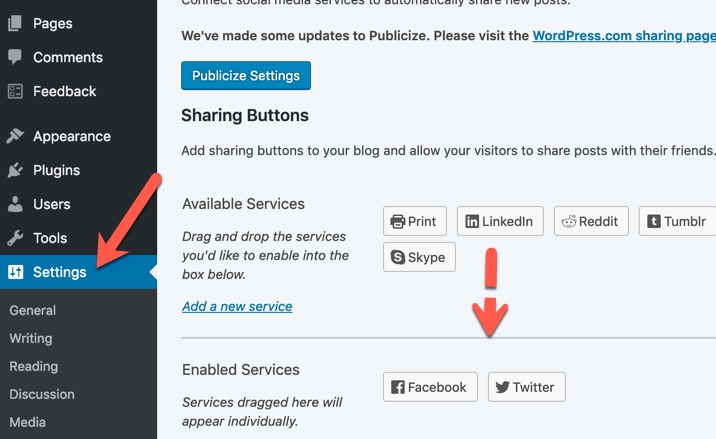
Note that you can also change your button styles and where they’re located at the bottom of that section by going to the Jetpack Dashboard and clicking “Configure your sharing buttons”. You’ll be taking to WordPress and will need to log in. Once there, you can change the enabled buttons and how they look.
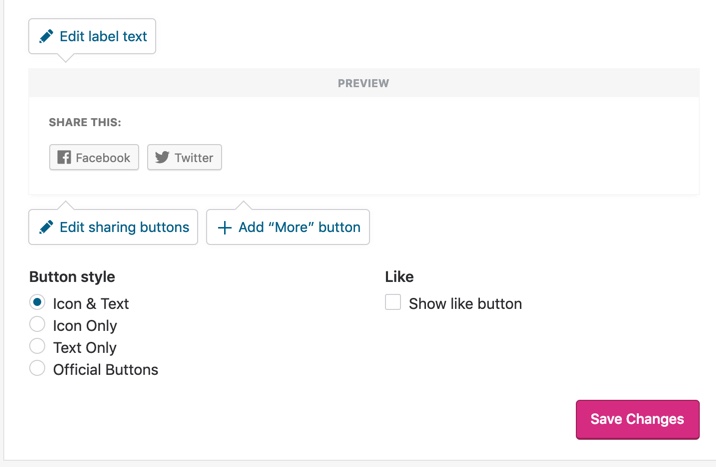
Below the customization options are options to choose which pages the buttons will appear on for your blog.
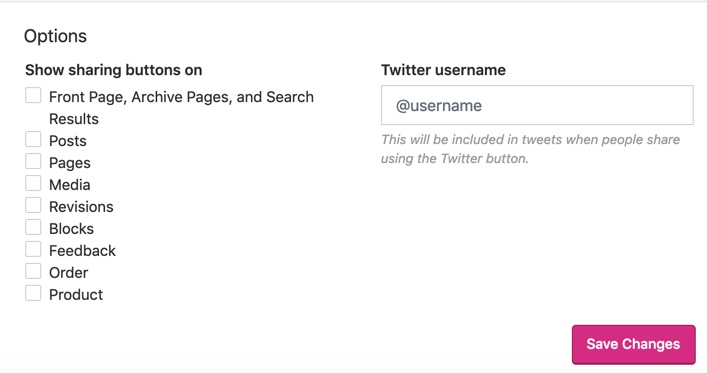
WordPress: Installing Jetpack Themes
To access Jetpack themes, the first step is to go to your admin dashboard and on the left click “Appearance”. You should load onto the themes page automatically and, if Jetpack is activated properly, you’ll see a button at the very top saying “Browse Jetpack Themes”. Click it.

You’ll then be taken to WordPress’ theme page where you can search for themes. There are hundreds of different options so you’ll have a wide variety to choose from! The next step I would take is to choose whether I want a free theme or a paid theme. You’ll find that option near the top of the page.
There aren’t a lot of differences between free and paid themes. However, paid themes do tend to have better features, be more unique (most people go with free themes), have better support, and be more stable. That’s not to say that every free theme out there is overused or buggy, but there is a higher likelihood!
From there, simply pick a theme you like and download it! In the WordPress admin dashboard go back to the Appearance page where you started and click “Add New Theme” at the top or near the bottom.
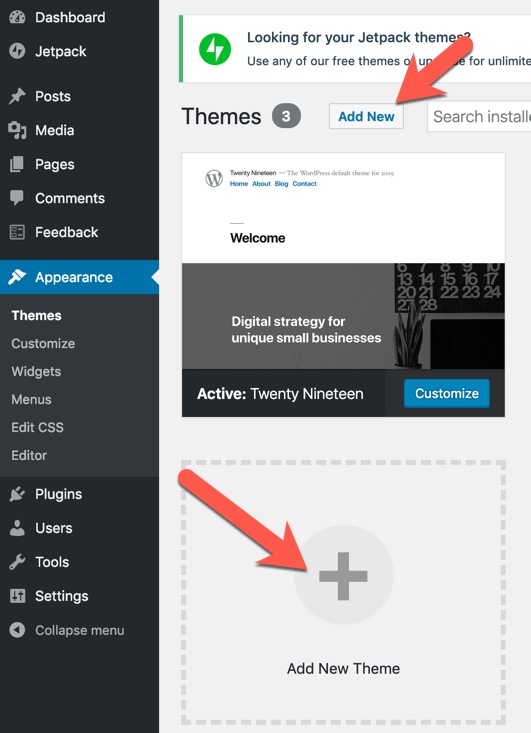
Click “Upload Theme”, choose the file you just downloaded and click “Install Now”.
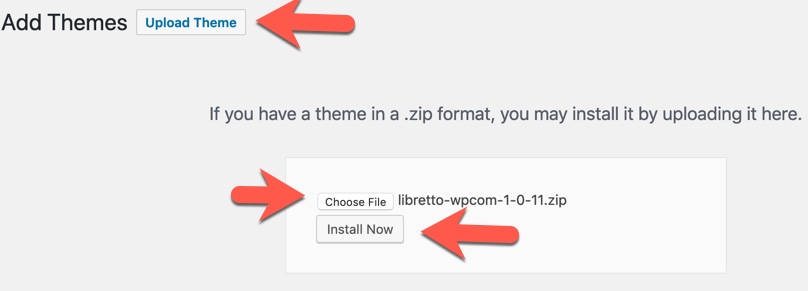
Finally, you can choose to either preview the theme or activate it. You can always come back to the Appearance section to activate the theme at a later date if you choose not to now!
WordPress: Installing Jetpack
Install jetpack by going to Plugins > Add New
It should show first in the list but if not, search for Jetpack.
Click “Install Now”
After the install is finished, click Activate.
After reading the terms of service, choose to Set Up Jetpack or skip until later.

You’ll need to Set Up Jetpack if you want to use the features. Setting up Jetpack first involves connecting to wordpress.com so you’ll need your log in details for that. If you don’t have a wordpress.com account, you’ll need to make one.
You can either choose a paid plan or select to start with a free plan.
After you’re done connecting to wordpress.com, you’ll be brought back to your WordPress admin.
Choose whether you want to Activate Recommended Features or Skip and explore features. We recommend to Skip and explore.
We suggest not enabling site accelerator as your images will be stored externally and require contacting Jetpack in order to remove any.
Learn About WordPress User Roles
User Roles are an important feature in a WordPress site. If you are going to be managing your site yourself, you’ll want to learn about user roles.
A Role defines the tasks and permissions that users have on your website. If you have any issues with spam, limiting user access via User Roles is one way to control that.
Scheduling WordPress Posts
A great feature of WordPress is post scheduling. This is a wonderful tool! You can make several posts and have them scheduled for when you want them to go live. This can help make it look like there is activity each day, week, month, or however you want it. Here’s how to schedule a post.

